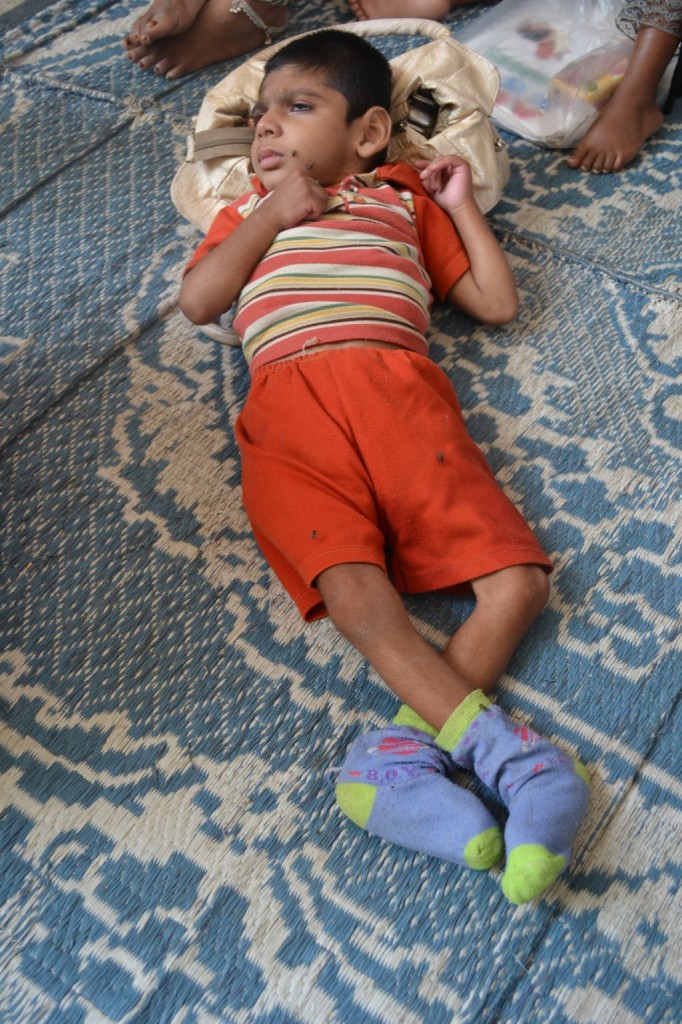I visited my village after being away for ten years, and I saw many changes that made me sad. I used to think that Indian villages were still safe, but the reality was quite different. I remember that there used to be a pond right in front of my village house, but now half of it is covered with clay and other waste. India’s purchasing power has increased significantly over the past fifteen years, and while people are buying more products, they lack proper waste disposal methods.
I don’t blame the people for this issue; rather, I think the government has failed to address waste management effectively. These are relatively new problems for India, and there is a clear need for education on proper waste disposal. Traditionally, throwing rubbish outside the house was part of Indian culture, but in the past, the waste was made from natural materials. Cows and other animals, which have always roamed freely in India, used to help dispose of this natural waste. Today, however, our trash is largely plastic and chemical, which these animals cannot decompose.
Villagers have started buying packaged products and often discard the waste in open spaces or ponds, leading to the degradation of places like the pond in front of my village house. People do not realize how this will affect their lives in the future. When I discussed this with the villagers, they showed little interest. They believed that covering the pond was a solution because it would reduce the water and consequently the mosquitoes. Covering the pond isn’t a proper solution to mosquito problems; proper cleaning and maintenance could have achieved that.
I also wanted to see an old well near the pond that had personal significance to me—my brother had fallen into it about fifteen years ago. To my surprise, there was no sign of the well, just plain ground. My cousin informed me that they had completely covered it up. This decision was shocking and baffling. I understand the importance of wells for recharging groundwater and was dismayed to see such a crucial resource discarded. The villagers claimed the well was no longer useful for two reasons: fear of accidents and the water quality. They could have covered it with a screen to allow rainwater to pass through but chose to seal it entirely.
I observed that everyone in the village uses plastic products in their daily lives and disposes of them improperly. There is a lack of awareness about the impact of plastic waste. It is crucial for the government to step in and address these issues by introducing environmental studies in schools and making them compulsory. Villages face significant challenges now, including a decline in the quality of education. Students often attend school, pass time by massaging their teachers’ feet, and leave with degrees that do not equip them for real-world jobs. This lack of practical education leaves them unprepared for city life, leading to social and economic struggles.
The frustration from their isolation and the exposure to city lifestyles, like seeing girls in short skirts, can lead to unhealthy behaviors. Many young men, feeling disconnected and frustrated, may turn to brothels, contracting diseases like HIV due to ignorance about safe sex practices. Additionally, the use of gutka, a chewing tobacco, is prevalent among youth and is a leading cause of mouth cancer in India. The prospect of a global water crisis is often discussed, and given the current state of affairs in India, it seems possible that India might face severe water scarcity in the future. We have severely depleted our rivers, deforested much of our land, and are now threatening our groundwater.
Pesticides banned in other countries are still used in Indian agriculture, often without awareness of their harmful effects. The Indian government appears to lack effective control over these issues, and the situation could escalate into a major crisis. While the world is working to repair environmental damage, India seems to be exacerbating the problem. If environmental quality dictates living standards, India could face the worst living conditions globally within the next fifteen to twenty years. I hope the Indian government will eventually address these problems, but by then, it might be too late.
















